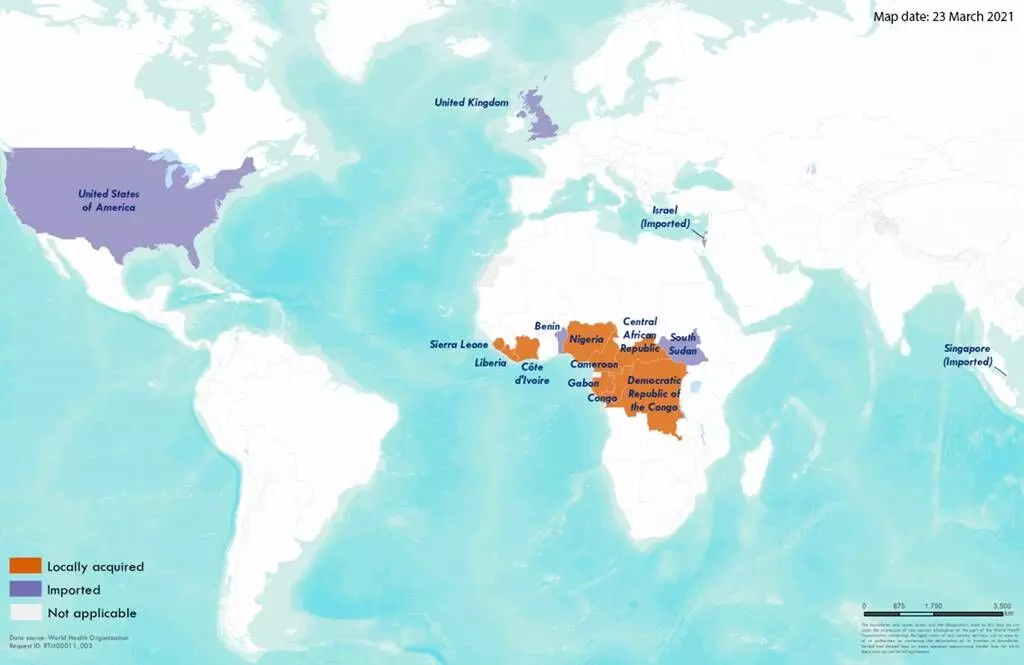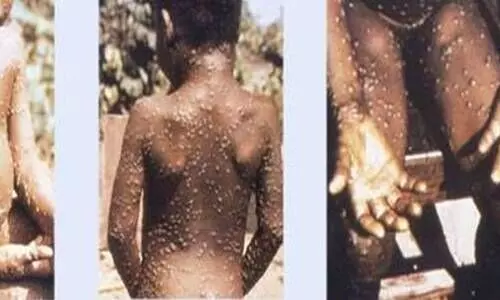As per the latest update issued by the World Health Organization (WHO) yesterday on May 20, there are a total of 80 confirmed cases of monkeypox infection in 11 countries so far that are located in Europe and North America. It added that there are 50 pending investigations as well.
The global health agency underlined that more cases are likely to be reported as surveillance expands.
“WHO and partners are working to better understand the extent and cause of an outbreak of monkeypox. The virus is endemic in some animal populations in a number of countries, leading to occasional outbreaks among local people and travelers. The recent outbreaks reported across 11 countries so far are atypical, as they are occurring in non-endemic countries,” it added.
Meanwhile, as per United Kingdom’s National Health Service monkeypox is a rare viral infection which is usually mild and from which most people recover in a few weeks.

How monkeypox spreads, what precautions to take?
Monkeypox is caused by the monkeypox virus. It is a viral zoonotic (occurs in animals) disease prevalent primarily in tropical rainforest areas of Central and West Africa and is occasionally exported to other regions.
As per WHO, the monkeypox typically presents clinically with fever, rash and swollen lymph nodes and may lead to a range of medical complications.
The WHO mentioned that as monkeypox spreads through close contact, the response should focus on the people affected and their close contacts.
“People who closely interact with someone who is infectious are at greater risk for infection: this includes health workers, household members and sexual partners,” the WHO stated. Monkeypox virus is transmitted from one person to another by close contact with lesions, body fluids, respiratory droplets and contaminated materials such as bedding.
“The clinical presentation of monkeypox resembles that of smallpox, a related orthopoxvirus infection which was declared eradicated worldwide in 1980. Monkeypox is less contagious than smallpox and causes less severe illness,” WHO highlighted in its factsheet on the viral outbreak.
It added that vaccines used during the smallpox eradication programme also provided protection against monkeypox. An antiviral agent developed for the treatment of smallpox has also been licensed for the treatment of monkeypox.
Since 1970, human cases of monkeypox have been reported in 11 African countries – Benin, Cameroon, the Central African Republic, the Democratic Republic of the Congo, Gabon, Cote d’Ivoire, Liberia, Nigeria, the Republic of the Congo, Sierra Leone, and South Sudan. The true burden of monkeypox is not known.




















